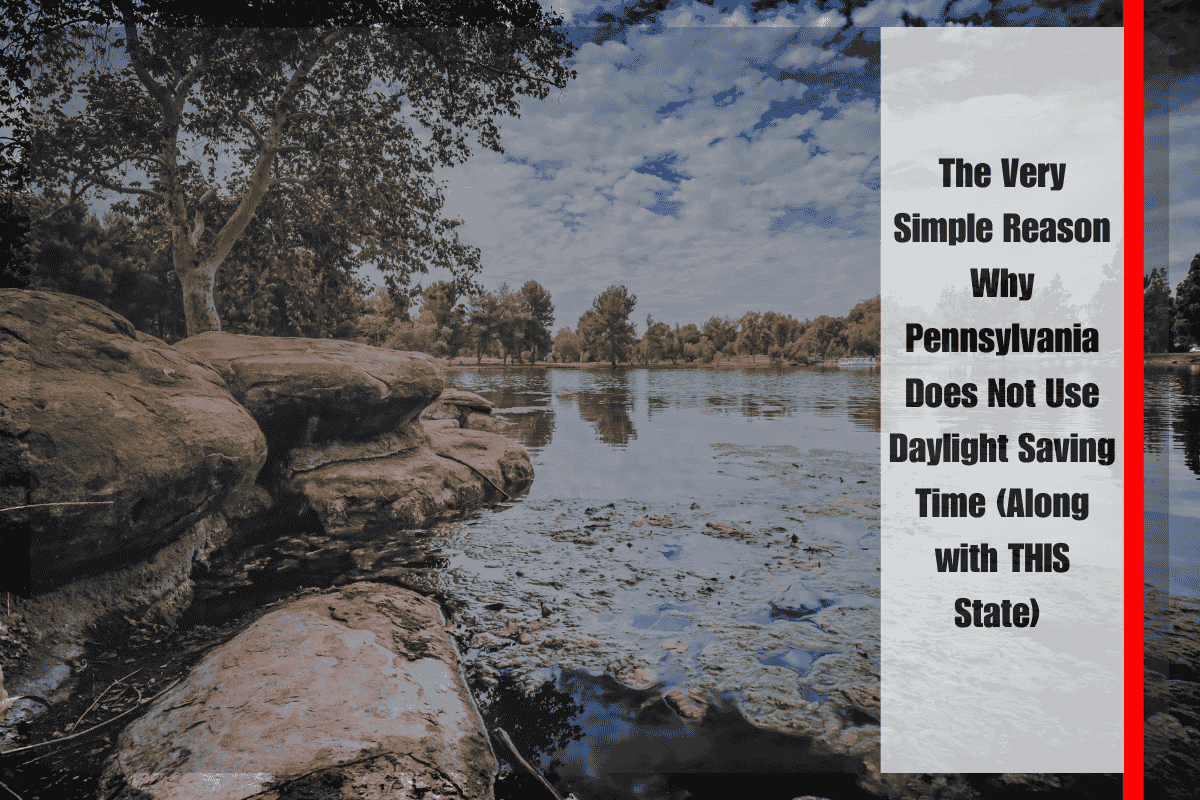The claim that Pennsylvania does not observe Daylight Saving Time (DST) is a misconception. Pennsylvania, like the majority of U.S. states, does observe Daylight Saving Time, switching clocks forward in the spring and back in the fall. The two U.S. states that do not change their clocks at all are Arizona (except for the Navajo Nation) and Hawaii. The reasons why these two states do not observe DST are straightforward and rooted in their unique geographical and climatic conditions.
Why Does Arizona Not Use Daylight Saving Time?
Arizona officially opted out of Daylight Saving Time in 1968. The primary reason is the state’s hot desert climate. During the summer, extending daylight hours into the evening results in significantly hotter temperatures when people are active, which translates to increased use of air conditioning and higher energy consumption. With DST, the sun would set later in the evening, meaning residents would have to endure the heat for longer while still awake, increasing discomfort and energy bills.
By remaining on Mountain Standard Time year-round, Arizona achieves earlier sunsets by the clock, which helps keep daytime hours cooler. This policy reflects the practical approach of adapting time-keeping to local environmental conditions for comfort and energy efficiency. Importantly, the Navajo Nation in northeastern Arizona follows DST to stay synchronized with its territories in Utah and New Mexico.
Why Does Hawaii Not Use Daylight Saving Time?
Hawaii’s decision to forego DST dates back to 1967. The central reason for this is the state’s proximity to the equator, where the length of daylight throughout the year is relatively constant. Because sunrise and sunset times don’t vary significantly between seasons, the benefits of shifting clocks to maximize daylight hours do not exist in Hawaii. Daylight Saving Time was seen as unnecessary and disruptive to the natural rhythm of life on the islands.
What About Pennsylvania?
Unlike Arizona and Hawaii, Pennsylvania follows the federal guidelines for Daylight Saving Time, changing clocks twice a year. This is the case for most of the United States because these shifts are aimed at maximizing daylight usage during longer summer days, potentially saving energy and encouraging outdoor activity.
The confusion about Pennsylvania and DST may stem from misunderstandings or activism in various states to either abolish changing the clocks or make DST permanent. Many states have considered laws to either end DST adjustments or to adopt year-round DST, but as of now, Pennsylvania continues to observe the traditional biannual time change.
Other States and Territories That Don’t Observe DST
In addition to Arizona and Hawaii, several U.S. territories do not observe DST, including Puerto Rico, American Samoa, Guam, the Northern Mariana Islands, and the U.S. Virgin Islands. The Uniform Time Act of 1966 allows states and territories to opt out of DST, provided they remain on standard time year-round.
The Future of Daylight Saving Time in the U.S.
There has been growing debate about the usefulness and health impact of switching clocks twice a year, with many Americans favoring the abolition of the practice. Bills such as the Sunshine Protection Act have been introduced to make DST permanent nationwide, but such changes require Congressional approval.
Summary
Pennsylvania observes Daylight Saving Time in line with federal rules.
Arizona and Hawaii are the only two states that do not observe DST.
Arizona’s desert heat and energy concerns motivated its opt-out.
Hawaii’s tropical latitude makes DST unnecessary.
Several U.S. territories also do not observe DST.












